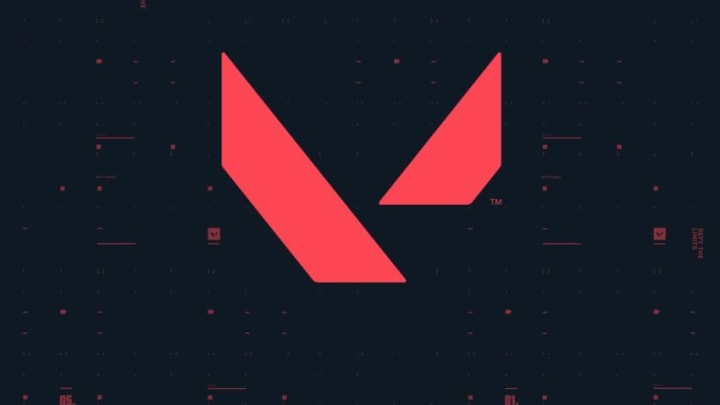
Riot Games formally announced Valorant, their first FPS game will be releasing in Summer 2020.
There has been a lot of mystery surrounding Riot Games’s cryptically-titled “Project A” that was teased during the League10 announcement. Now, just five months later, the game, officially titled Valorant, has been announced for release in the summer. While the game is still in alpha right now, a fair amount of information about this game has been released and it looks very interesting.
The game is described on the website as a “5v5 character-based tactical shooter where creativity is your greatest weapon.” From the screenshots and assets we’ve seen, the game looks like a combination of Overwatch, Rainbow Six, and CS:GO. But what exactly makes this game so exciting for fans of both the FPS genre and of League of Legends?
Low Ping
One of the most unexpected reveals in the initial announcement was what Riot Games told us about the connectivity of Valorant. While League of Legends players in North America have bemoaned the ping issues, Riot is going to take a much more aggressive approach with Valorant.
More from Blog of Legends
- Bee’koz Vel’koz Skin: Splash Art, Price, Release, How to Get
- King Beegar Skin: Splash Art, Price, Release, How to Get
- EMENES retires following leave from Cloud9, cites military service
- EMENES Donezo Manifesto: Former Cloud9 Midlaner airs out grievances
- Team Heretics Perkz: European legend reportedly playing for TH
Riot’s goal on launch is to have “at least 70 percent of its players…have a ping of less than 35ms.” This low ping is obviously crucial to having a solid FPS experience, but the background is also incredibly interesting.
Riot has been working with ISPs around the world since 2014 to develop a global network of backhauls that can now support players. This means that Riot Games now has points of presence in 35 cities around the world, giving them the ability to repair broken and congested routes and add new circuits in the future.
Area Denial
One thing that immediately stood out as being unique to Valorant is that a lot of the Agents (the characters you’ll play as) have abilities that are more focused on sectioning off parts of the map as opposed to giving shields, bonus health, or the like. The game’s core gameplay fundamentally functions like a round of CS:GO, with one team attacking several bomb sites and the other team defending them, but whereas in Counter Strike the only options to win are kill the enemy or pin them long enough to defuse/capture the bomb, Valorant has abilities that can change how players approach a fight.
Abilities in Valorant allow players to drop a wall of fire that will damage enemies who walk through it, drop an area on the ground that will slow enemies walking through it, or lay down smoke screens that will cut off enemy visibility. But there are also scouting-based abilities like a small drone players can deploy to scout areas ahead.
This gives Valorant a bit of a more tactical feel than a game like CS:GO, where you have limited options to force enemies to change their point of attack. Instead, you can use abilities to divide the enemy team or force them to go an alternative route to their objective.
